Strawbery Banke Museum tells the story of the neighborhood called Puddle Dock.
This region has a deep history of seasonal gatherings by Indigenous peoples. Archeologists at Strawbery Banke have uncovered pieces of pottery, stone tools, and tent holes that demonstrate the presence of the Abenaki. For over 12,000 years they visited the Seacoast seasonally for hunting, fishing, and food preparation.
In 1623, English colonists established a settlement along what is now the “New Hampshire” coast, built houses along the Piscataqua River, and more sheltered cove that is now Portsmouth Harbor. They named the settlement “Strawbery Banke,” likely for the abundant wild strawberries growing along the banks of the river. The neighborhood grew through cycles of maritime prosperity to become a multicultural “neighborhood of newcomers.”
In 1958, a group of concerned citizens banded together to preserve the nearly 10-acre area known as Puddle Dock, located at the South End of Portsmouth, NH. Strawbery Banke, Inc., was formed and took its name from the earliest settlement. By 1965, the site was opened to the public as an outdoor living history museum, with only a handful of the historic houses open to the public. The early founders of Strawbery Banke went door-to-door gathering support from the community to continue preservation efforts.
Today Strawbery Banke is unique among outdoor history museums, sharing change over time in the same waterfront neighborhood. The Museum interprets a long span of history, from the history of Indigenous peoples (artifacts dating back to 10,000-12,000 years ago), to the present day. It has evolved from a grassroots nonprofit to a pillar in the community welcoming over 100,000 annual visitors for year-round programming.
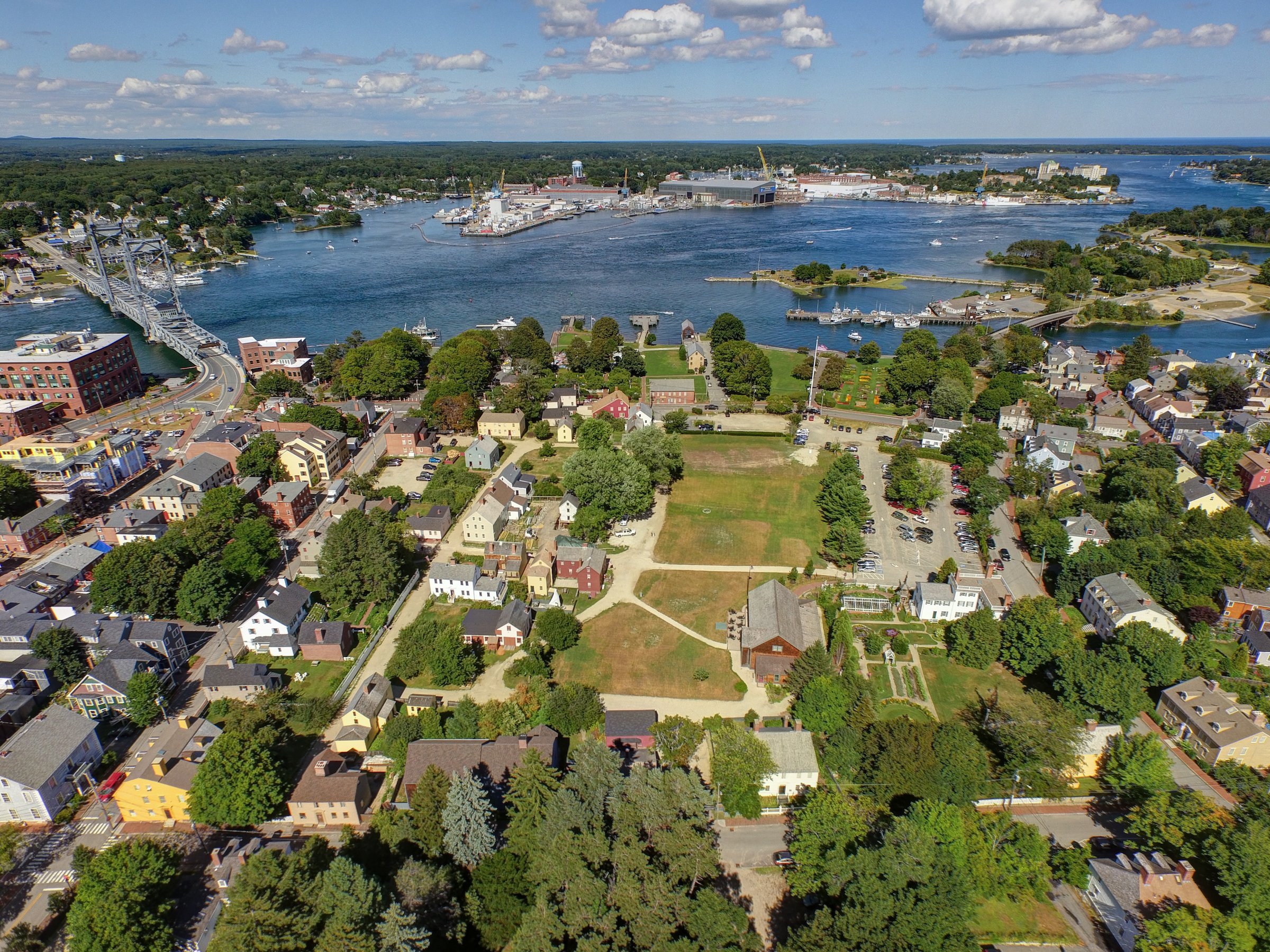
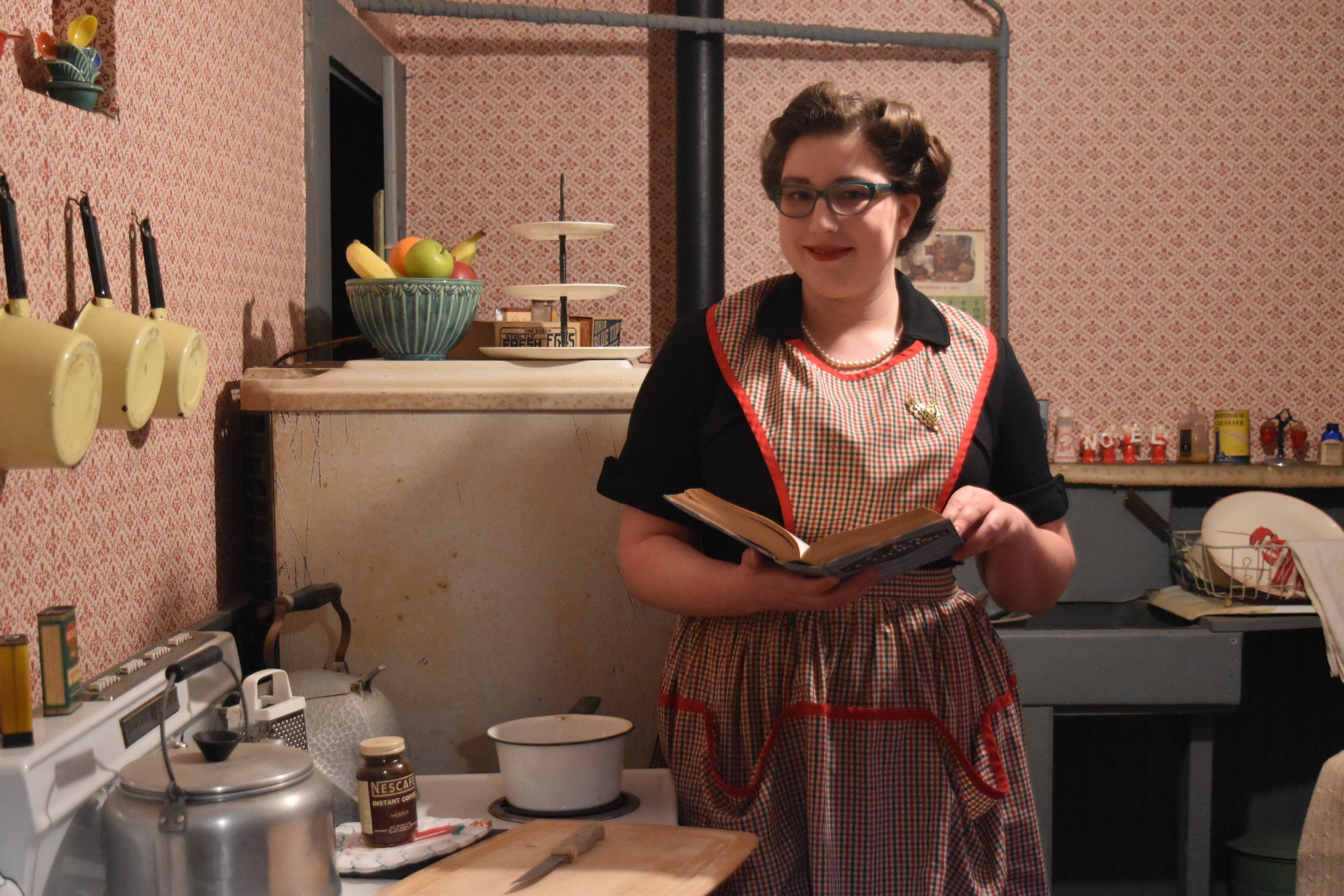
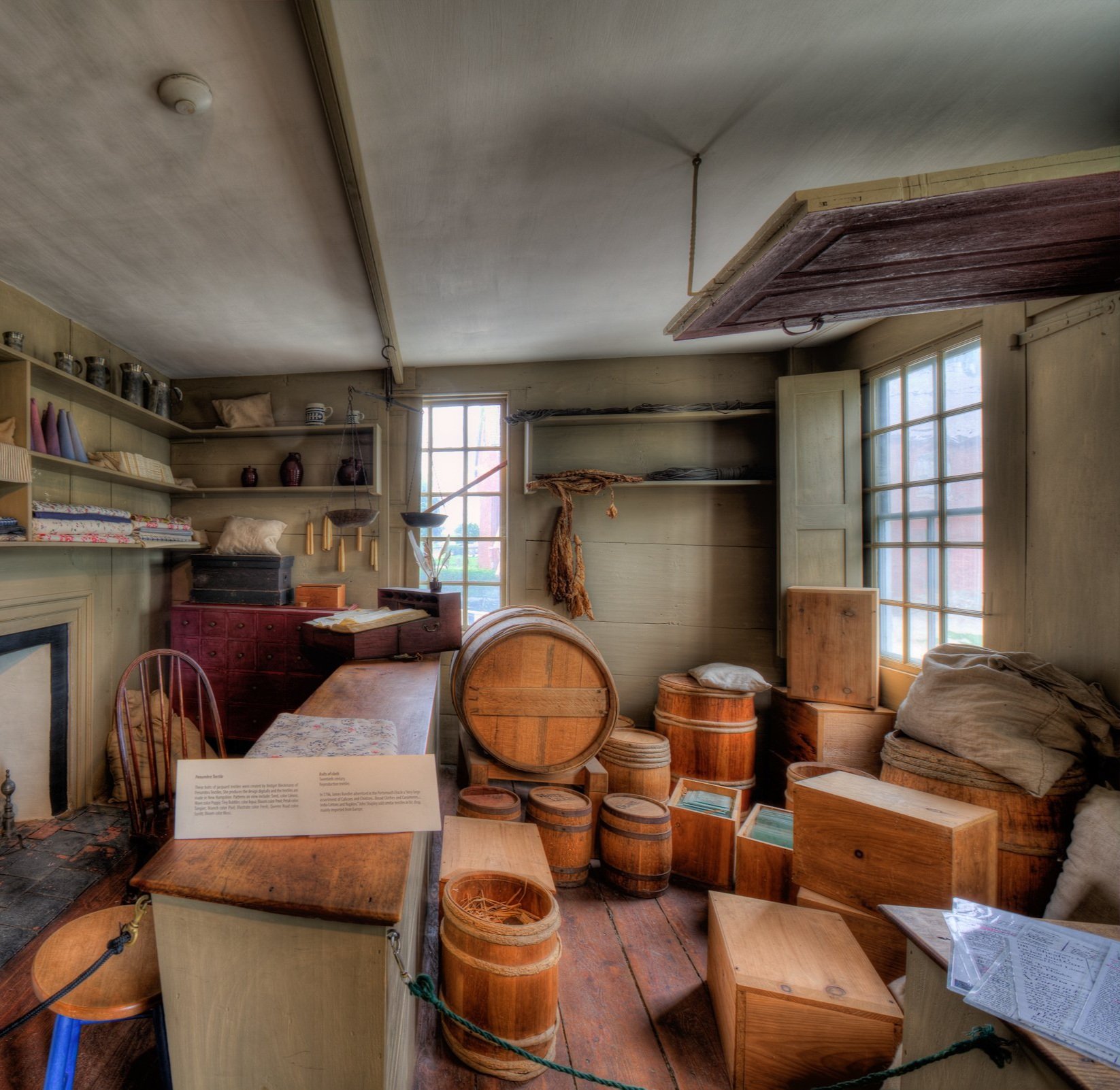
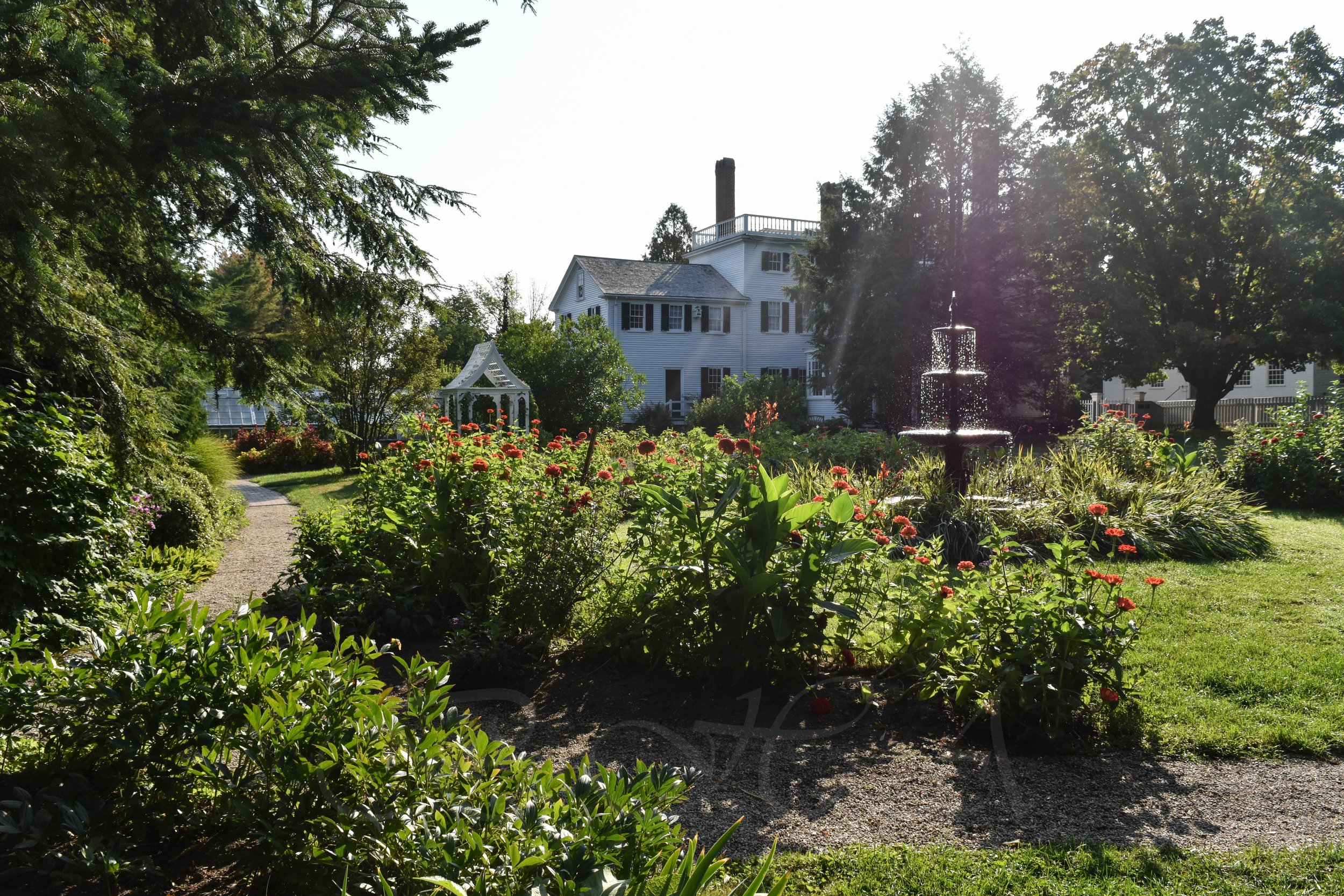
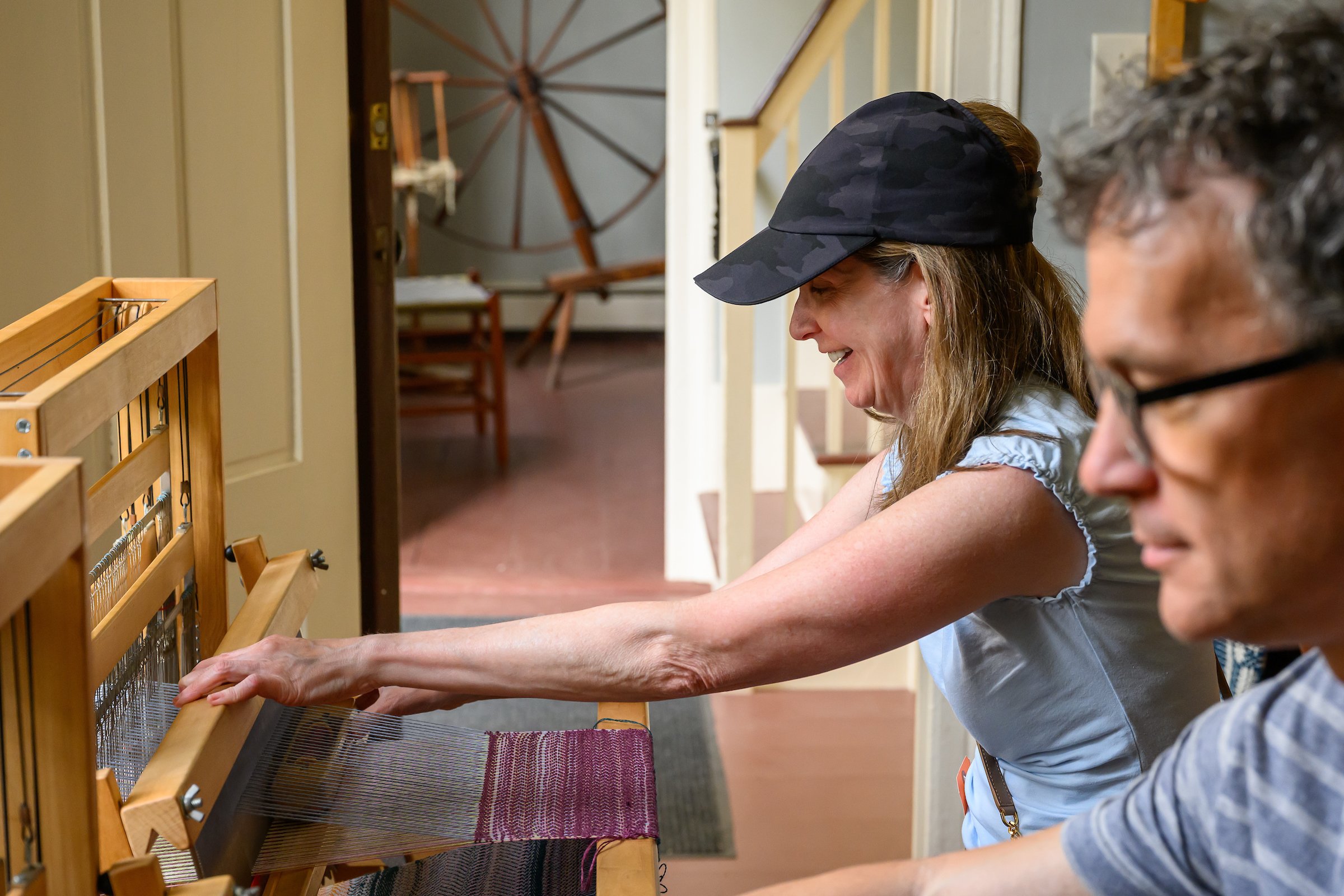
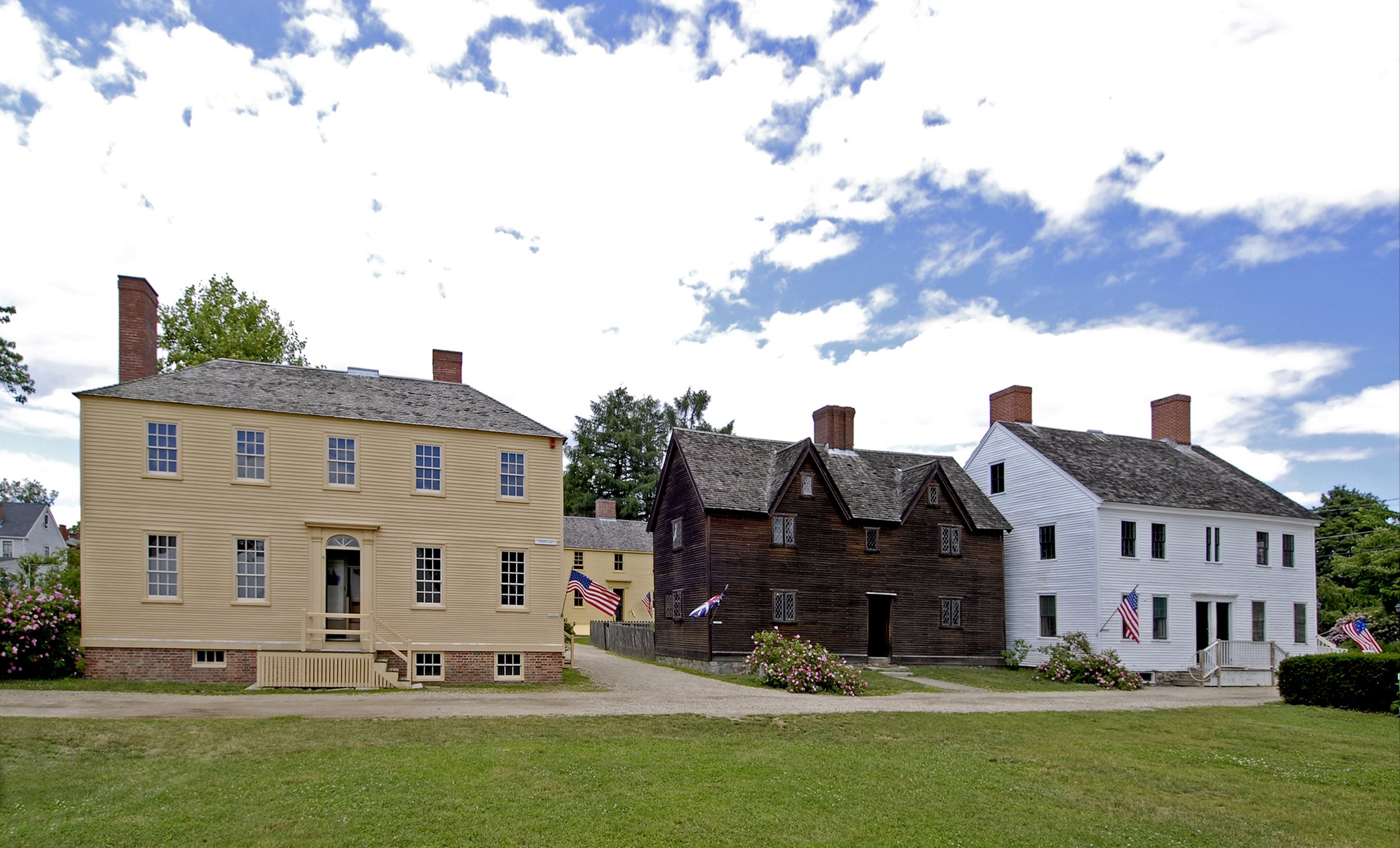

Land Acknowledgement
Strawbery Banke Museum is on the homelands of the Abenaki people, who have ongoing cultural and spiritual connections to this area. We acknowledge the land and the people who have stewarded it through the generations.

